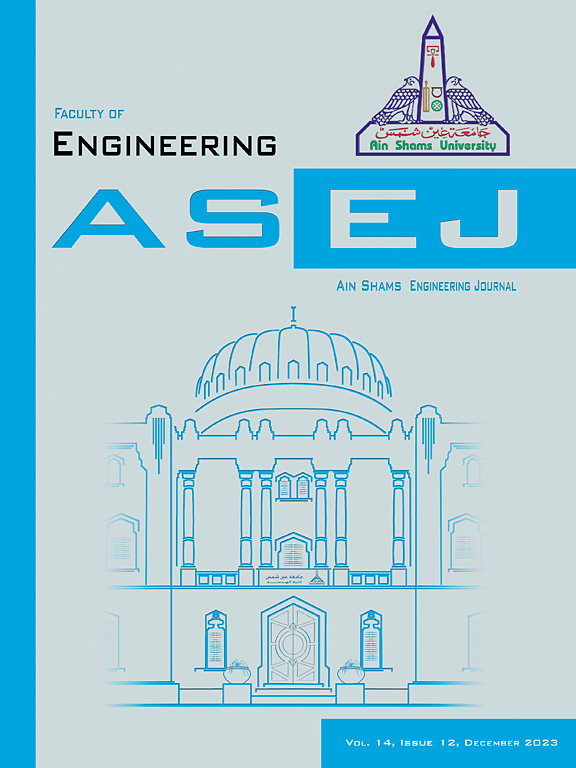Modeling the successive failure of complex dams systems: A necessity in the light of climatic shifts in extreme storms
IF 5.9
2区 工程技术
Q1 ENGINEERING, MULTIDISCIPLINARY
引用次数: 0
Abstract
This study investigates the effect of extreme storms on the safety of flood protection dams within complex schemes. A modeling methodology is developed using HEC-RAS 2D and presented on an illustrative case, where nine scenarios are simulated. The impact of climatic shifts on extreme storms and dams’ safety is highlighted. The results showed that, despite multi-reservoir systems can be efficient in flood protection against their design storms, they can cause catastrophic damage when subjected to extreme events that have become evident nowadays due to climatic shifts. This is attributed to the successive failure of the water storage structures in a progressive (“domino-like”) manner. The consequences of such breaches can significantly multiply the hazards. These findings can be linked to storm Daniel that occurred at Wadi Derna in Libya and caused two successive dam breaches, leaving a tragedy. The proposed modeling methodology can be useful for designers in evaluating complex scenarios.
模拟复杂水坝系统的连续溃坝:极端风暴气候转变的必要性
本研究探讨了极端风暴对复杂方案中防洪大坝安全的影响。使用 HEC-RAS 2D 开发了一种建模方法,并在一个示例中对九种情况进行了模拟。研究强调了气候变化对极端风暴和大坝安全的影响。研究结果表明,尽管多水库系统在设计暴雨时可以有效防洪,但在遇到极端事件时,它们可能会造成灾难性的破坏。这归因于蓄水结构以渐进("多米诺骨牌 "式)的方式连续发生故障。这种破损的后果会大大增加危害。这些发现可以与发生在利比亚 Wadi Derna 的丹尼尔风暴联系起来,丹尼尔风暴导致了两次连续的溃坝,造成了悲剧。建议的建模方法可帮助设计人员评估复杂的情况。
本文章由计算机程序翻译,如有差异,请以英文原文为准。
求助全文
约1分钟内获得全文
求助全文
来源期刊

Ain Shams Engineering Journal
Engineering-General Engineering
CiteScore
10.80
自引率
13.30%
发文量
441
审稿时长
49 weeks
期刊介绍:
in Shams Engineering Journal is an international journal devoted to publication of peer reviewed original high-quality research papers and review papers in both traditional topics and those of emerging science and technology. Areas of both theoretical and fundamental interest as well as those concerning industrial applications, emerging instrumental techniques and those which have some practical application to an aspect of human endeavor, such as the preservation of the environment, health, waste disposal are welcome. The overall focus is on original and rigorous scientific research results which have generic significance.
Ain Shams Engineering Journal focuses upon aspects of mechanical engineering, electrical engineering, civil engineering, chemical engineering, petroleum engineering, environmental engineering, architectural and urban planning engineering. Papers in which knowledge from other disciplines is integrated with engineering are especially welcome like nanotechnology, material sciences, and computational methods as well as applied basic sciences: engineering mathematics, physics and chemistry.
 求助内容:
求助内容: 应助结果提醒方式:
应助结果提醒方式:


